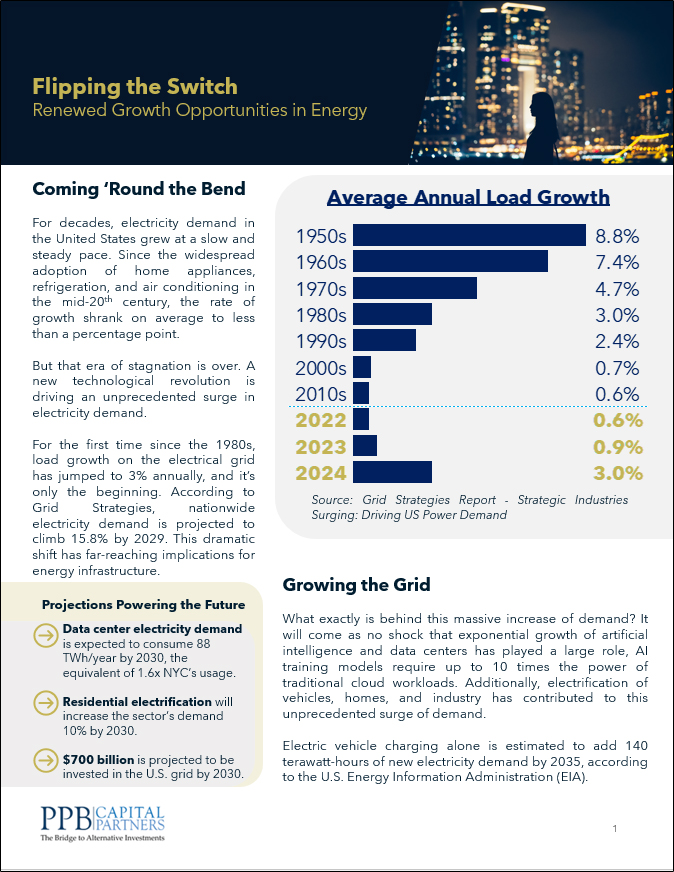
Hidden Alpha in Data-Driven Venture Capital Secondaries
November 19, 2025
A Quiet Shift Redefines How Investors Access Venture Growth
Traditional venture equity funds often hold a concentrated portfolio of start-ups. While a few “homeruns” can drive strong returns, limited diversification increases volatility and downside risk. High minimums and access barriers at top-tier funds further restrict investor participation.
Venture capital shows far wider return dispersion than traditional investments. Top-quartile managers can deliver outsized gains, while bottom-quartile funds often lose capital. Accessing leading VCs—and diversifying without massive commitments—remains a key challenge for private-wealth investors.
A New Frontier in Venture Equity With Broad, Discounted Access
As startups mature and liquidity needs evolve, a growing number of employees seek partial liquidity, for various reasons, long before an IPO or acquisition. In turn, a secondary market has emerged for structured, data-driven access to the equity of high-quality VC-backed companies.
Where traditional venture capital chases the next round of funding, this secondary market can buy into companies already on the path to scale, but at prices that reflect illiquidity and timing rather than fundamentals.

Here are a few discovery questions to gauge your venture capital approach:
- How do you evaluate and source top-tier VC opportunities today?
- How do you approach diversification in venture given fund concentration?
- How have you historically integrated venture capital into client portfolios?



